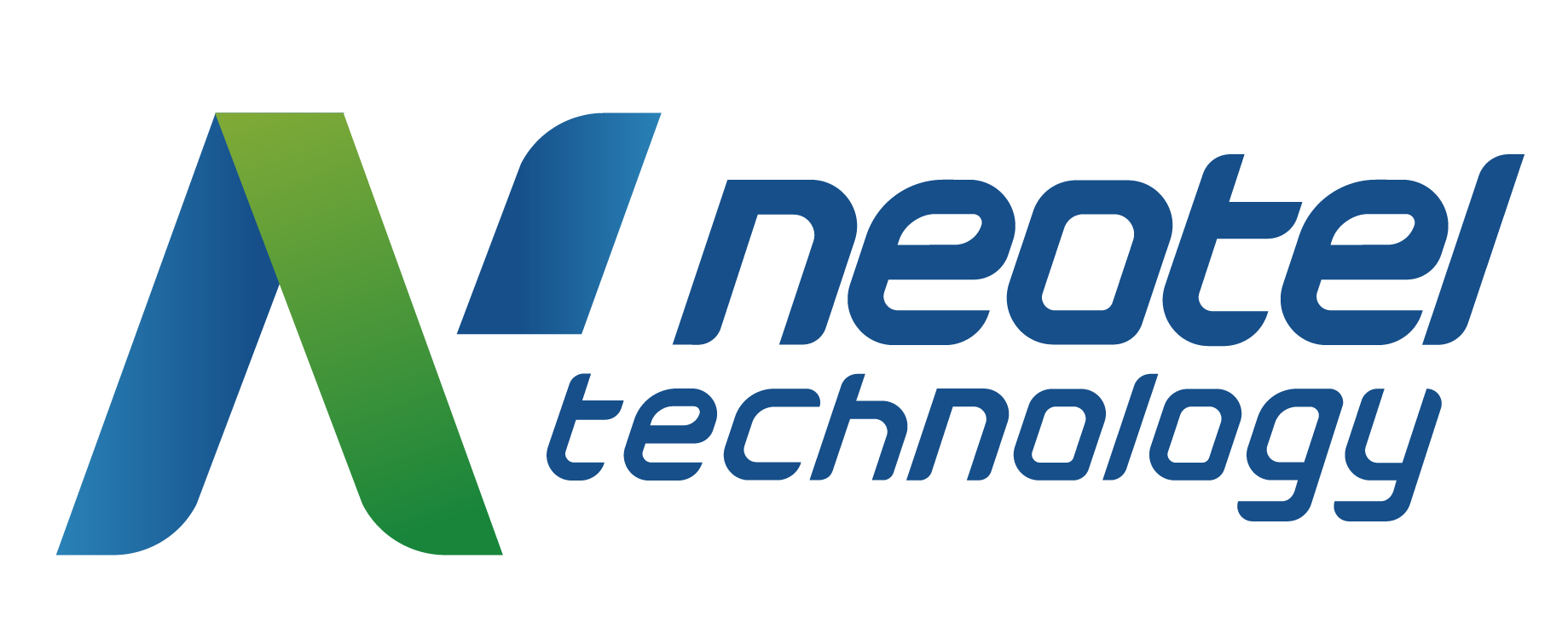1D-Code
1D-Codes, auch lineare oder eindimensionale Codes genannt, sind Strichcodes, die aus parallelen Linien mit unterschiedlichen Breiten und Abständen bestehen. Sie können eine relativ kleine Datenmenge speichern, in der Regel nur ein paar Ziffern oder Zeichen, und werden normalerweise mit einem Laserscanner gescannt.
Häufig verwendete 1D-Codeformate:
Universeller Produktcode (UPC):
Dies ist das am weitesten verbreitete Format für 1D-Codes und wird hauptsächlich zur Kennzeichnung von Produkten im Einzelhandel verwendet. Sie besteht aus 12 Ziffern, wobei die ersten sechs Ziffern den Hersteller und die letzten sechs Ziffern das Produkt bezeichnen.
Code 39:
Dieses Format wird häufig in der Fertigung, der Logistik und dem Gesundheitswesen verwendet. Er kann bis zu 43 Zeichen speichern, darunter Buchstaben, Zahlen und Sonderzeichen.
Code 128:
Dieses Format wird auch häufig in der Fertigung, der Logistik und dem Gesundheitswesen verwendet. Er kann eine größere Datenmenge speichern als der Code 39 und kann alle 128 ASCII-Zeichen darstellen.
Interleaved 2 von 5 (ITF):
Dies ist ein in der Logistikbranche weit verbreitetes Format für die Bestands- und Versandverfolgung. Sie besteht aus Strichen und Leerzeichen, in denen Ziffernpaare zusammen verschlüsselt sind.
EAN-13:
Dies ist eine Variante des UPC, die vor allem in Europa und anderen Ländern außerhalb Nordamerikas verwendet wird. Sie besteht aus 13 numerischen Ziffern und wird zur Kennzeichnung von Produkten im Einzelhandel verwendet.
Code 93:
Dieser Code ähnelt dem Code 39, kann aber alle 128 ASCII-Zeichen kodieren und wird hauptsächlich in der industriellen Automatisierung und bei Identifikationsanwendungen verwendet.
Codabar:
Dieses einfache Format wird häufig in Bibliotheken, Blutbanken und anderen Anwendungen verwendet, bei denen eine relativ kleine Datenmenge kodiert werden muss.
2D-Code
2D-Codes, auch bekannt als Matrix- oder zweidimensionale Codes, sind eine Art von Strichcode, der aus einem Muster von Quadraten oder Punkten besteht, die in einem Raster angeordnet sind. Sie können mehr Daten speichern als 1D-Codes und umfassen alphanumerische Zeichen, Symbole und Bilder. 2D-Codes werden in der Regel mit einer Kamera oder einem Smartphone gescannt.
Einige der am häufigsten verwendeten 2D-Codeformate sind:
QR-Code (Quick Response Code):
Dies ist das am häufigsten verwendete Format für 2D-Codes. Es wird in verschiedenen Anwendungen eingesetzt, darunter Produktverfolgung, Marketing und mobile Zahlungen. Sie können bis zu mehreren hundert Zeichen Text oder sogar ein kleines Bild oder Video speichern.
Datenmatrix:
Dieses Format wird in der Fertigung, der Logistik und anderen Branchen häufig verwendet, um große Datenmengen zu speichern, darunter Seriennummern, Produktionsdaten und andere identifizierende Informationen. Sie können bis zu 3.000 Zeichen speichern und sind in der Regel so klein, dass sie selbst auf die kleinsten Produkte passen.
PDF417:
Dieses Format wird häufig in den Bereichen Transport, Logistik und Identifizierung verwendet. Er kann eine große Menge an Daten, einschließlich Text und Bildern, speichern und wird häufig für Personalausweise, Führerscheine und andere Formen der Identifizierung verwendet.
Azteken-Code:
Dieses Format ist ähnlich wie ein QR-Code, kann aber mehr Daten auf kleinerem Raum speichern. Es wird häufig in den Bereichen Transport, Logistik und Identifizierung eingesetzt.
MaxiCode:
UPS und der US Postal Service verwenden dieses Format zur Paketverfolgung und -zustellung. Er kann bis zu 93 Zeichen speichern und verfügt über eine Fehlerkorrekturfunktion, die ein genaues Scannen gewährleistet.
Mikro-QR-Code:
Dieses Format ähnelt den QR-Codes, ist aber kleiner und kann weniger Daten speichern; es wird hauptsächlich auf kleinen Flächen wie Visitenkarten, Schmuck und anderen kleinen Gegenständen verwendet.
Han Xin Code:
Dabei handelt es sich um einen 2D-Strichcode, der klein und leicht ist, eine große Datenmenge speichern kann und mit Smartphones gescannt werden kann.
